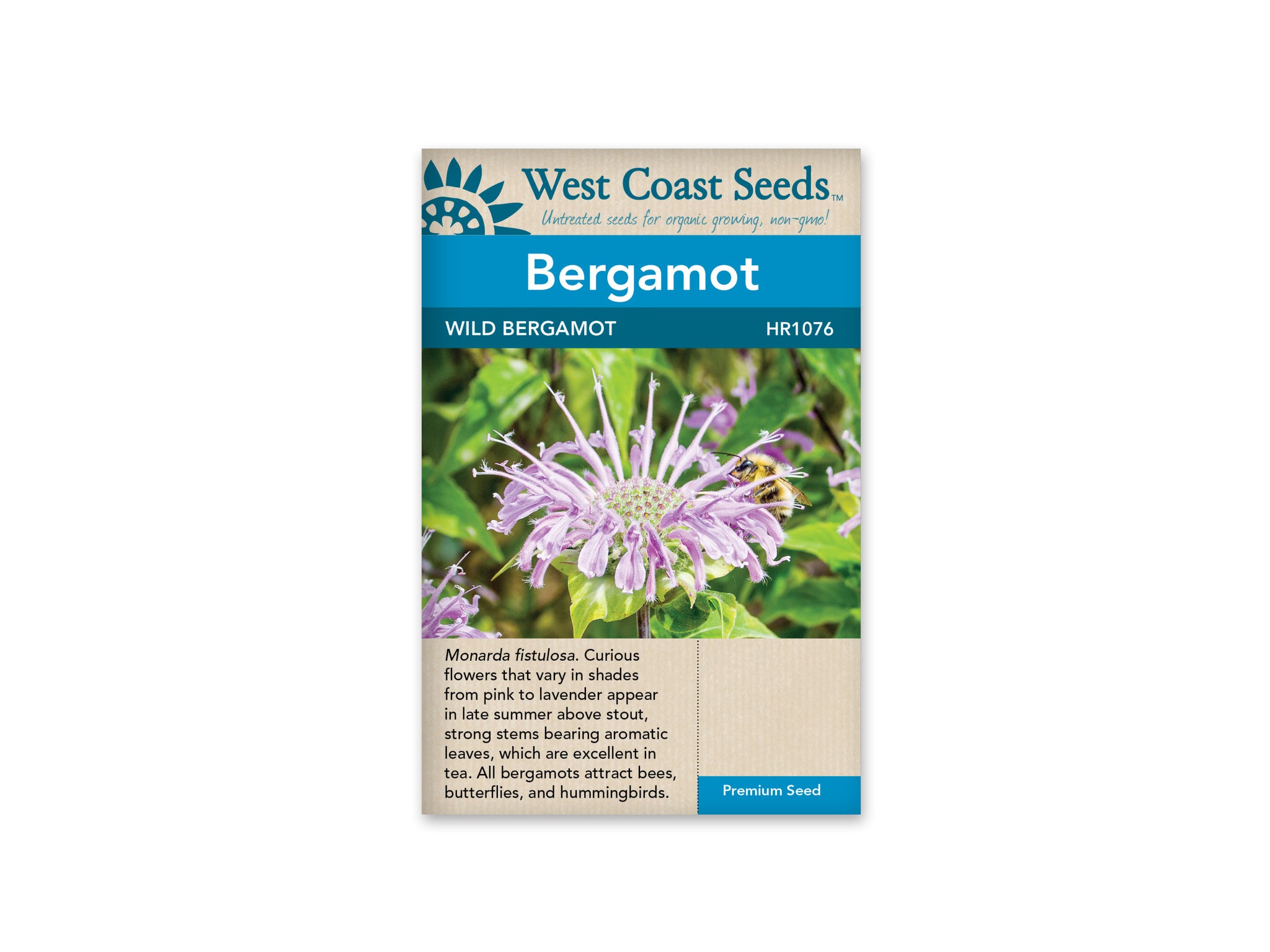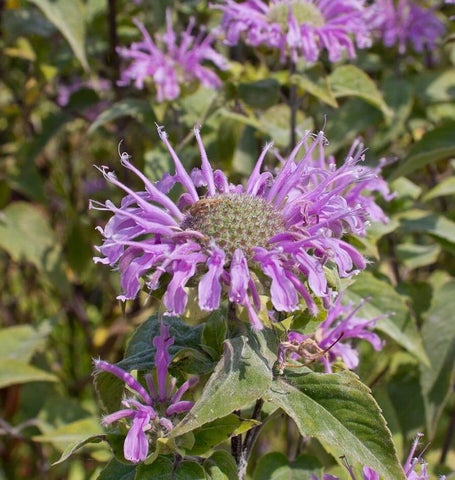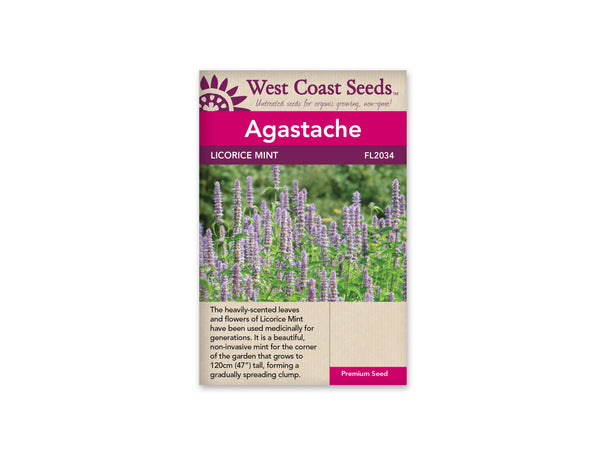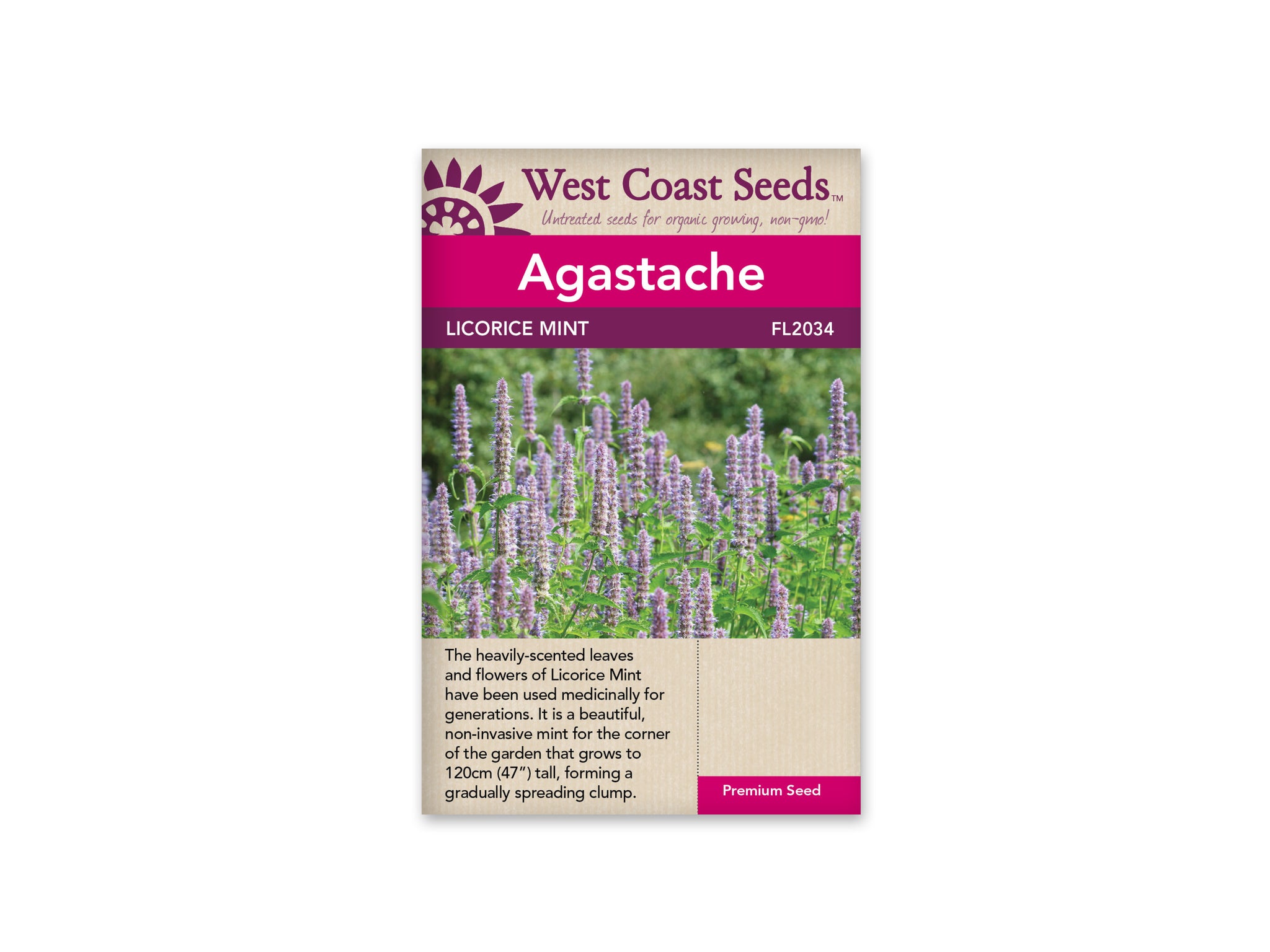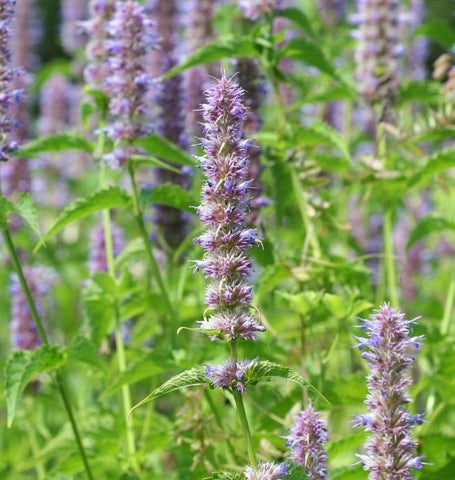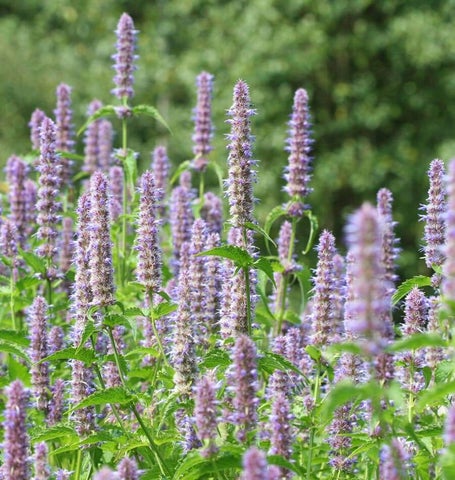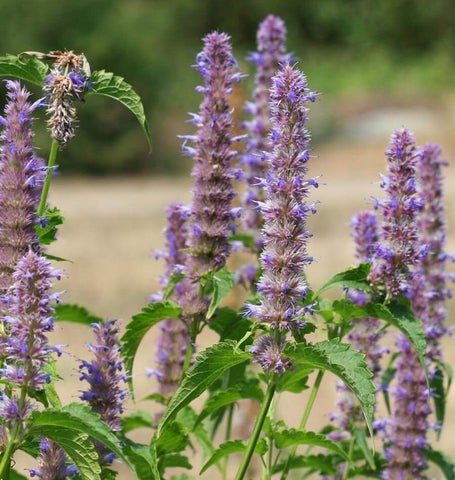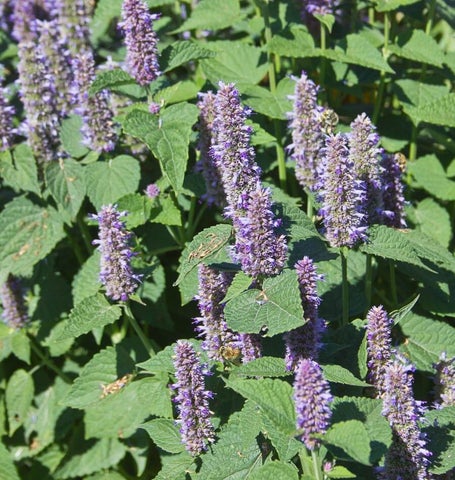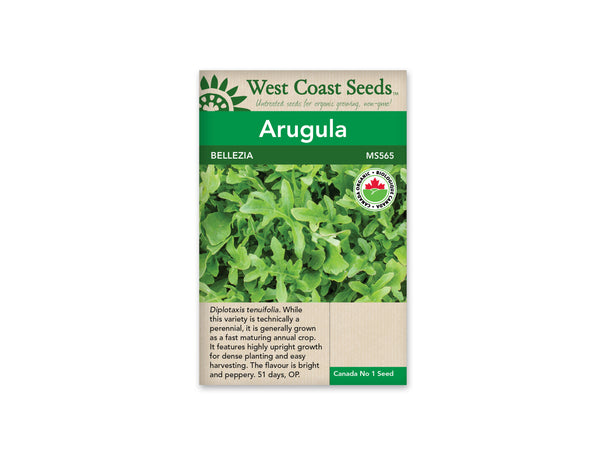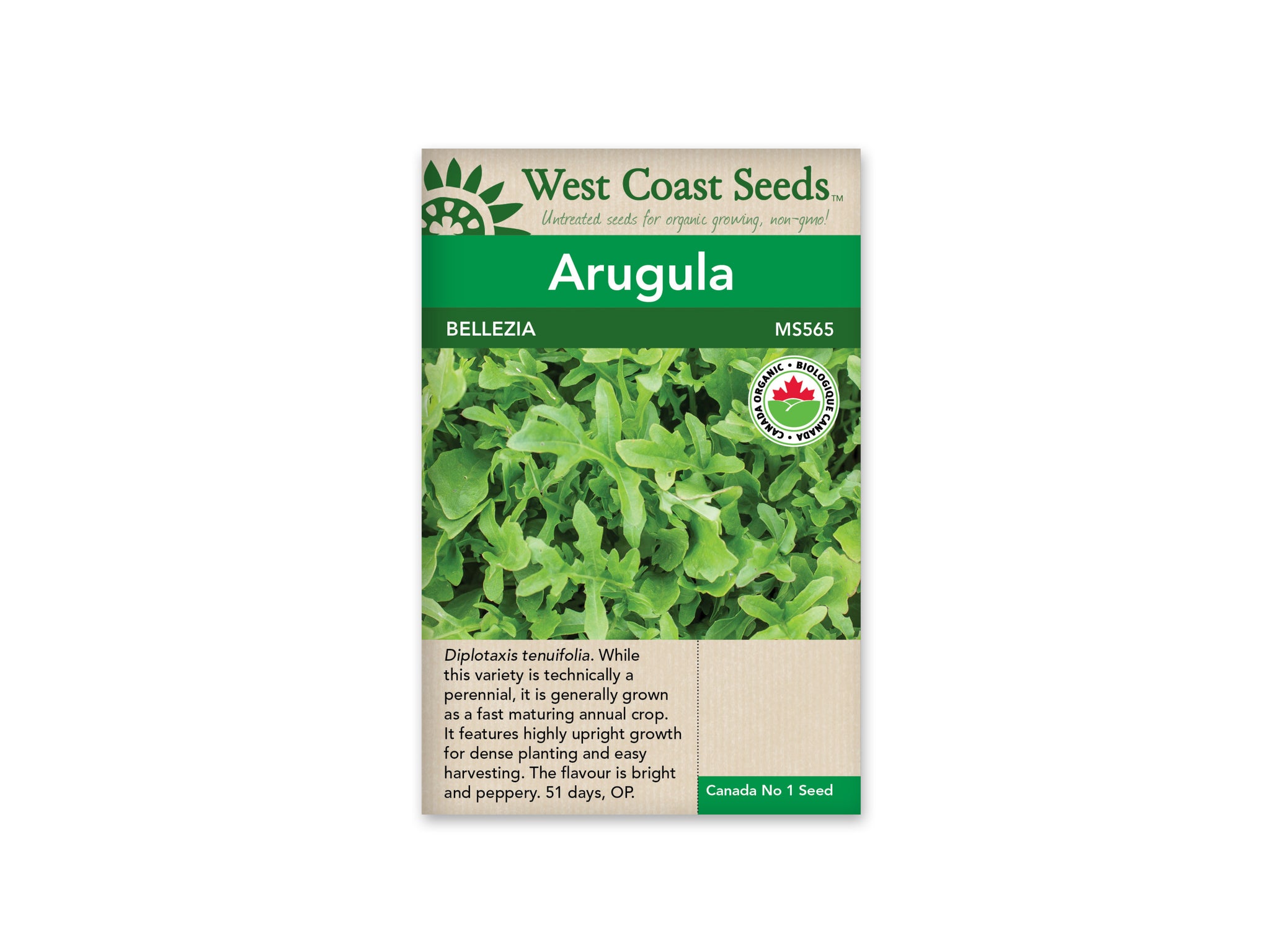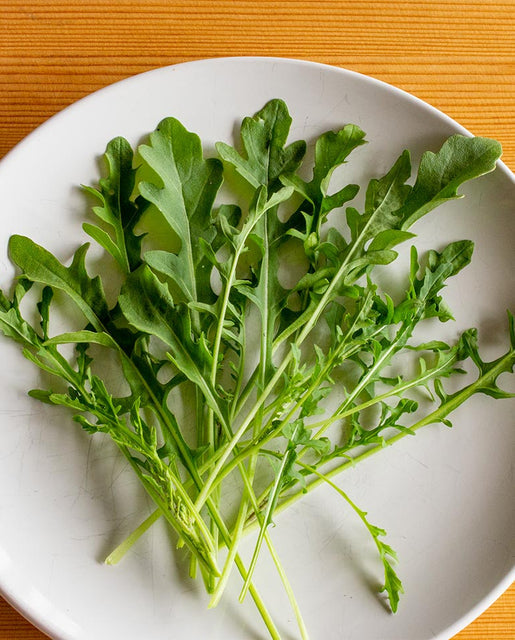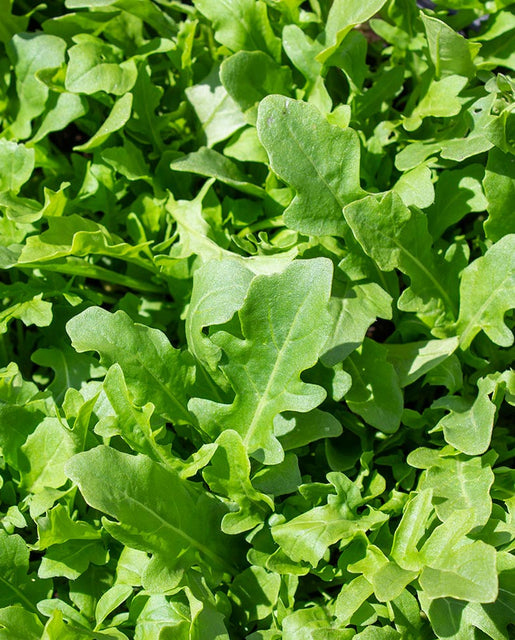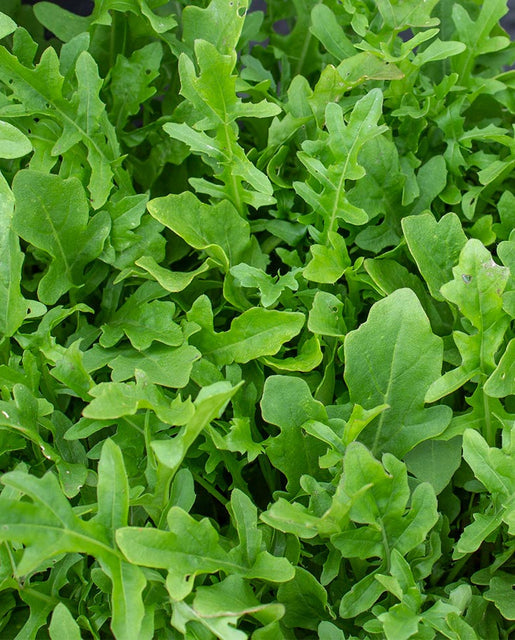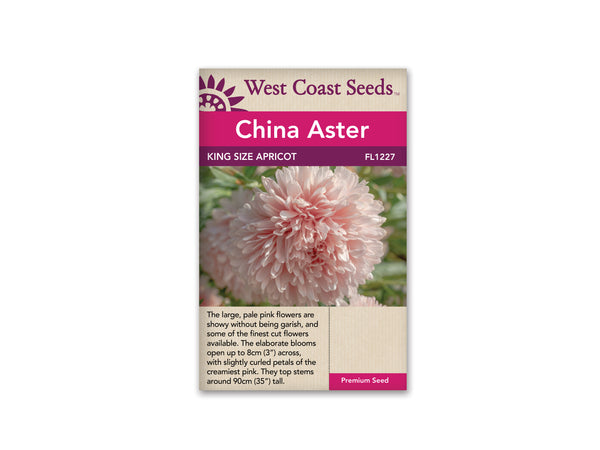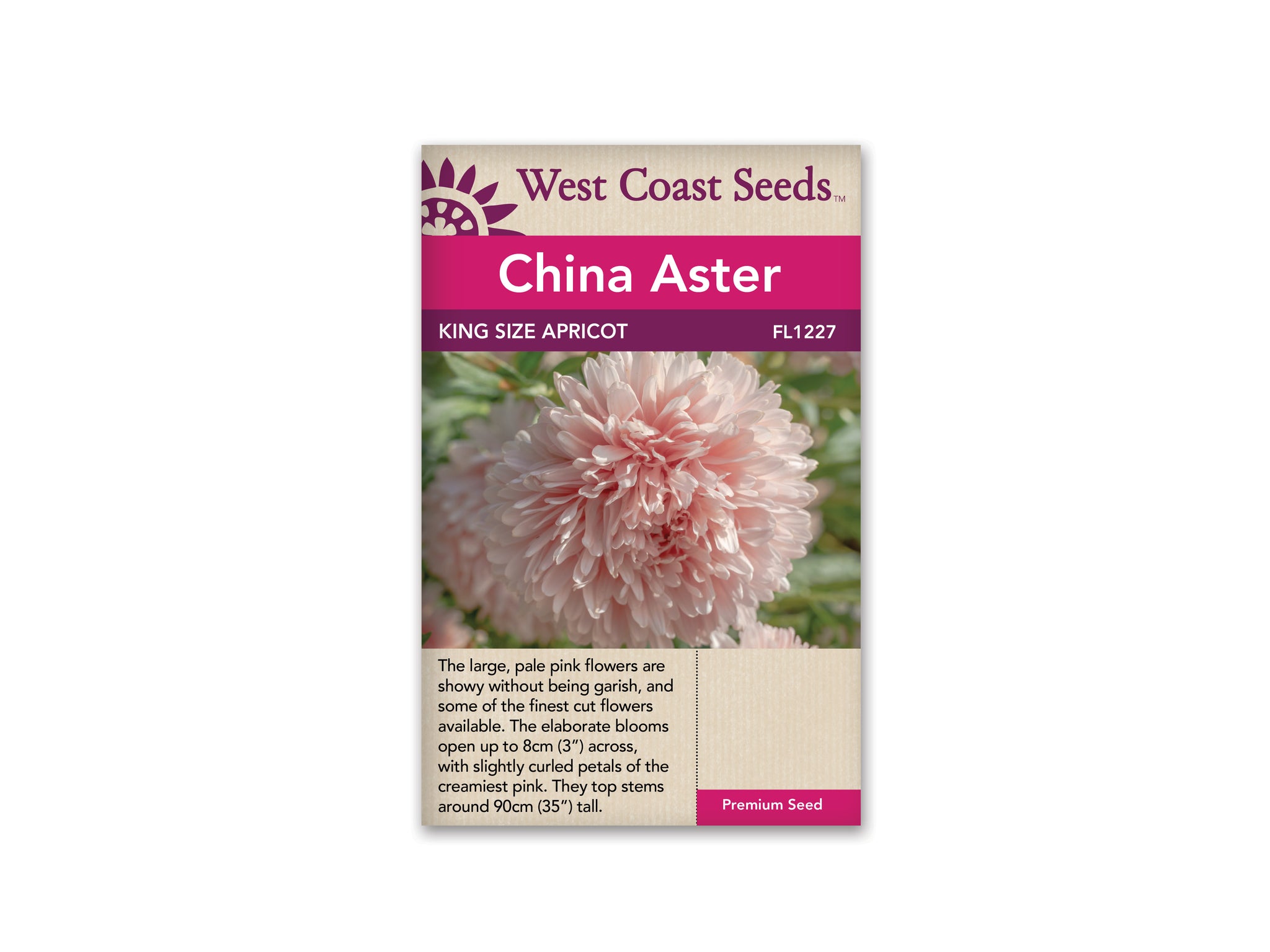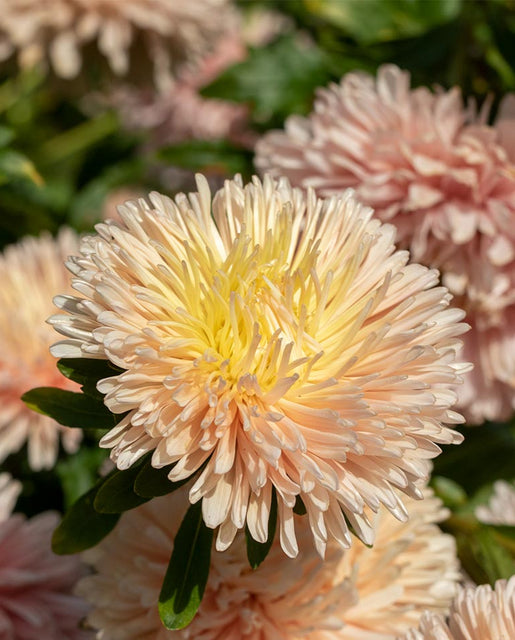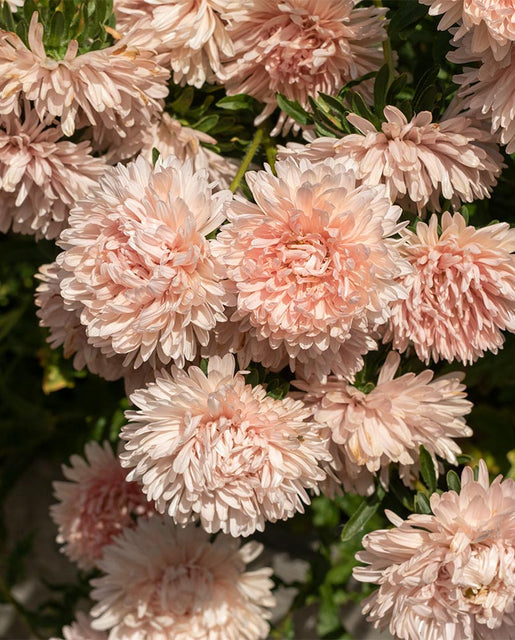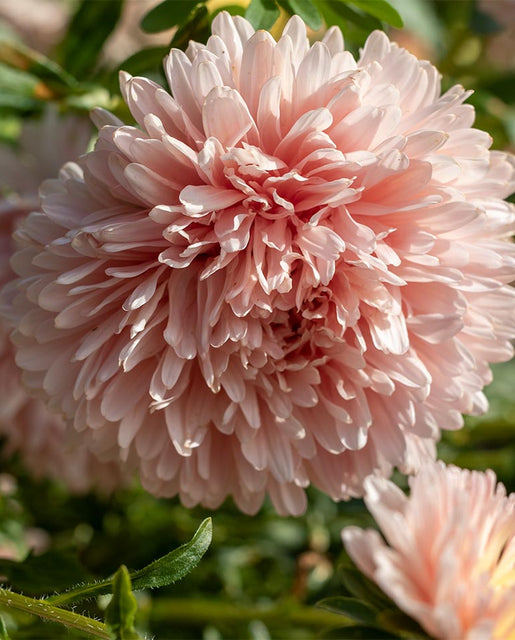Canadian Orders: Flat-Rate Shipping on Orders over $75 | Orders Over $150 Ship Free!
-
Shop
- New Arrivals
- Gardening
- Seeds
- Children + Baby
- Bath + Skin Care
- Baby Toys
- Books
- Puzzles + Games
- Loose Parts + Creative Play
- The Little Naturalist
- Play Chef
- Slings
- Apothecary
- Kids Lunches
- Accessories
- Sustainable Living
- Brushes / Brooms
- Food Storage
- Outdoors
- Coffee, Tea, Chocolate + Honey
- Coffee + Tea Accessories
- Water bottles + Travel Mugs
- Cookbooks
- Dishwashing
- Laundry
- Cleaners
- Accessories
- On The Go Essentials
- Self Care
- Face Care
- Body Care
- Hair Care
- Cosmetics
- Deodorant
- Toothpaste + Oral Care
- Sun Care
- Accessories
- Zero Waste Bathroom
- Soap
- Essential Oils
- For Men
- Books
- Apothecary + Natural Supplements
- Pet Care
- Shop Local
- Bulk
- In Store Pick Up
- Home Improvement
- Paint & Stain
- Discover
- Bulk Bar
Wild Bergamot (Bee Balm)
Sold Out $3.49
Monarda fistulosa. Wild Bergamot seeds, commonly known as Bee Balm, produce curious flowers that vary in shades from pink to lavender. These flowers appear in July and August above stout, strong stems bearing aromatic leaves. The leaves are excellent in tea, reminiscent of the distinct flavour to Earl Grey blends. Plants grow to a height of 60-90cm (24-36"), and those that don't survive as perennials in Coastal gardens will likely self-sow. All bergamots are highly attractive to beneficial pollinators like butterflies and wild bees. Hummingbirds will stage territorial fights to stake their claims over a wild bergamot plant in full bloom.
Perennial
Quick Facts:
- Highly attractive to pollinators
- Distinct flavour of Earl Grey tea
- Flowers vary from pink to lavender
- Commonly known as bee balm
- Grows to height of 60-90cm (24-36")
Size: 0.2g (approx. 500 seeds)
How To Grow: Bergamot is also known, somewhat confusingly, as Bee Balm, Scarlet Bee-balm, Horsemint, Oswego Tea, and by its genus name, Monarda. All varieties are aromatic and highly attractive to pollinators, including hummingbirds. Pick the leaves as desired for fresh use in the kitchen. For drying, harvest leaves before the flowers open. Cut flowers for drying as soon as they’re fully open. Masses of tiered pink and purple blossoms grow from August until frost. Continue reading below for our recommendations on how to grow bergamot from seed.
Difficulty
Easy
Season & Zone
Season: Warm season
Exposure: Full sun
Hardiness: M. citriodora to Zone 5, M. fistulosa to Zone 3.
Timing
Sow indoors 6-8 weeks before the last frost, or direct sow in early spring when a light frost is still possible. Seeds can also be direct sown in the fall, as the first frost approaches. Optimal soil temperature for germination: 15-21°C (60-70°F). Seeds should sprout in 10-40 days. Bottom heat will speed germination.
Starting
Barely cover the tiny seeds with soil. Thin or space transplants 45-60cm (18-24″) apart. These vigorous perennials will grow in, closer together over time.
Growing
Any ordinary garden soil will work. Plant in full sun to partial shade. Where summers are long, plants are prone to mildew, so avoid overhead watering. Deadhead regularly to prolong the blooming period. These perennial plants spread by rhizome growth, and should be dug and divided every three years.
Harvest
Pick the leaves as desired for fresh use in the kitchen. For drying, harvest leaves before the flowers open. Cut flowers for drying as soon as they’re fully open. Masses of tiered pink-purple blossoms grow from August until frost.
Related Items
Agastache — Licorice Mint
Sold Out $3.49
Agastache foeniculum. With heavily licorice-scented leaves and tall spikes of edible lavender flowers, Licorice Mint has been used medicinally for generations. It also happens to...
View full product detailsArugula, Wild — Selvatica Heirloom Organic
Sold Out $3.69
CERTIFIED ORGANIC! Diplotaxis tenuifolia. While technically this variety is a perennial, growers and home gardeners will probably prefer growing it as a fast maturing annual crop. Bellezia...
View full product detailsAster — King Size Apricot
Sold Out $4.19
Callistephus chinensis. King Size Apricot China Asters are some of the most sensational cut flowers we know of. The large, pale pink flowers are showy without...
View full product detailsSign up to get the latest on sales, new releases and more…
© 2025 Sustain.
Ecommerce Software by Shopify

